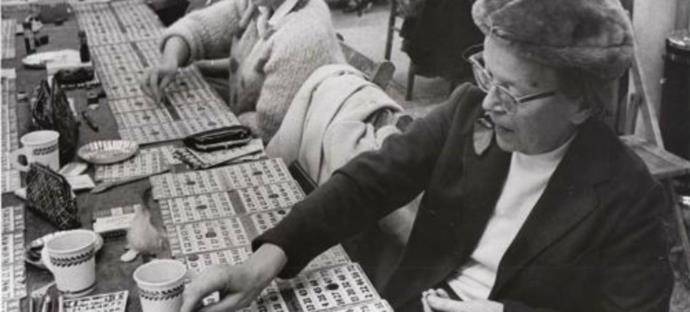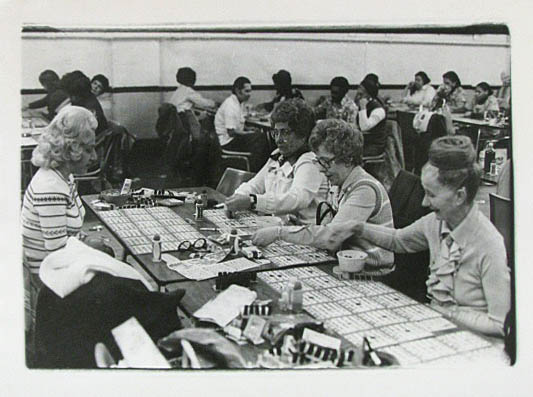Often associated with enthusiastic calls and the palpable excitement of awaiting just one number, Bingo is more than just a game. Its roots stretch deep into history, weaving through centuries and civilizations. This article explores the fascinating journey of Bingo from its early origins to the popular pastime it has become today.
Early Beginnings: The Ancestral Games
Bingo’s earliest iteration can be traced back to the Roman Empire, where a similar game was played with wooden chips and different numbered squares. The purpose wasn’t merely entertainment; these games often had religious or ceremonial significance.
Fast forward to the 16th century in Italy, the game “Il Gioco del Lotto d’Italia” emerged, bearing a striking resemblance to modern Bingo. This lottery-style game, still played today, was a precursor to the Bingo we recognize now.
France caught on to the trend in the 18th century with “Le Lotto”, a game played among the elite class. By this time, the game had evolved to include playing cards, wooden chips, and the reading of numbers.
Across the Pond: Bingo’s American Evolution
It wasn’t until the 20th century that Bingo made its way to American shores. Initially called “Beano”, the game was popular at carnivals and fairs. Participants used beans to mark their cards, shouting “Beano” when they had a win.
Legend has it that the name “Bingo” originated from a slip of the tongue by a particularly excited player, and it simply stuck. Edwin S. Lowe, a toy salesman from New York, recognized the game’s potential, standardized it, and began its mass production.
From Social Gatherings to Church Halls
Bingo found an unexpected ally in the form of the church in the 1930s. When a Pennsylvania priest sought to raise funds for his parish, he saw the potential of Bingo as a fundraising tool. With some adjustments to the game to increase the number of possible combinations, Bingo nights became a standard church event, raising significant funds.
It wasn’t long before this trend spread nationwide, with churches and community centers hosting weekly Bingo nights, fostering community spirit and camaraderie.

Commercial Ventures and the Rise of Bingo Halls
Seeing the game’s popularity, entrepreneurs started establishing dedicated Bingo halls by the mid-20th century. These became social hubs, attracting large crowds every night.
Not just limited to the US, the UK saw a surge in Bingo’s popularity in the 1960s. Post-war urbanization and the need for community engagement made Bingo halls the go-to places for entertainment. By the end of the 20th century, there were over 600 dedicated Bingo halls in the UK alone.
These venues were more than just places to play a game; they were integral to the social fabric, providing a sense of community and belonging, especially to the older generation.
Modern Transformations: Digital Bingo
With the rise of the internet, Bingo wasn’t left behind. Online Bingo platforms emerged in the late 1990s, offering players the chance to play from the comfort of their homes. These digital platforms incorporated chat functions, maintaining the social essence of the game.
Today, with advancements in technology, mobile Bingo apps have become increasingly popular, merging traditional gameplay with innovative features, ensuring that the age-old game continues to evolve and entertain.

